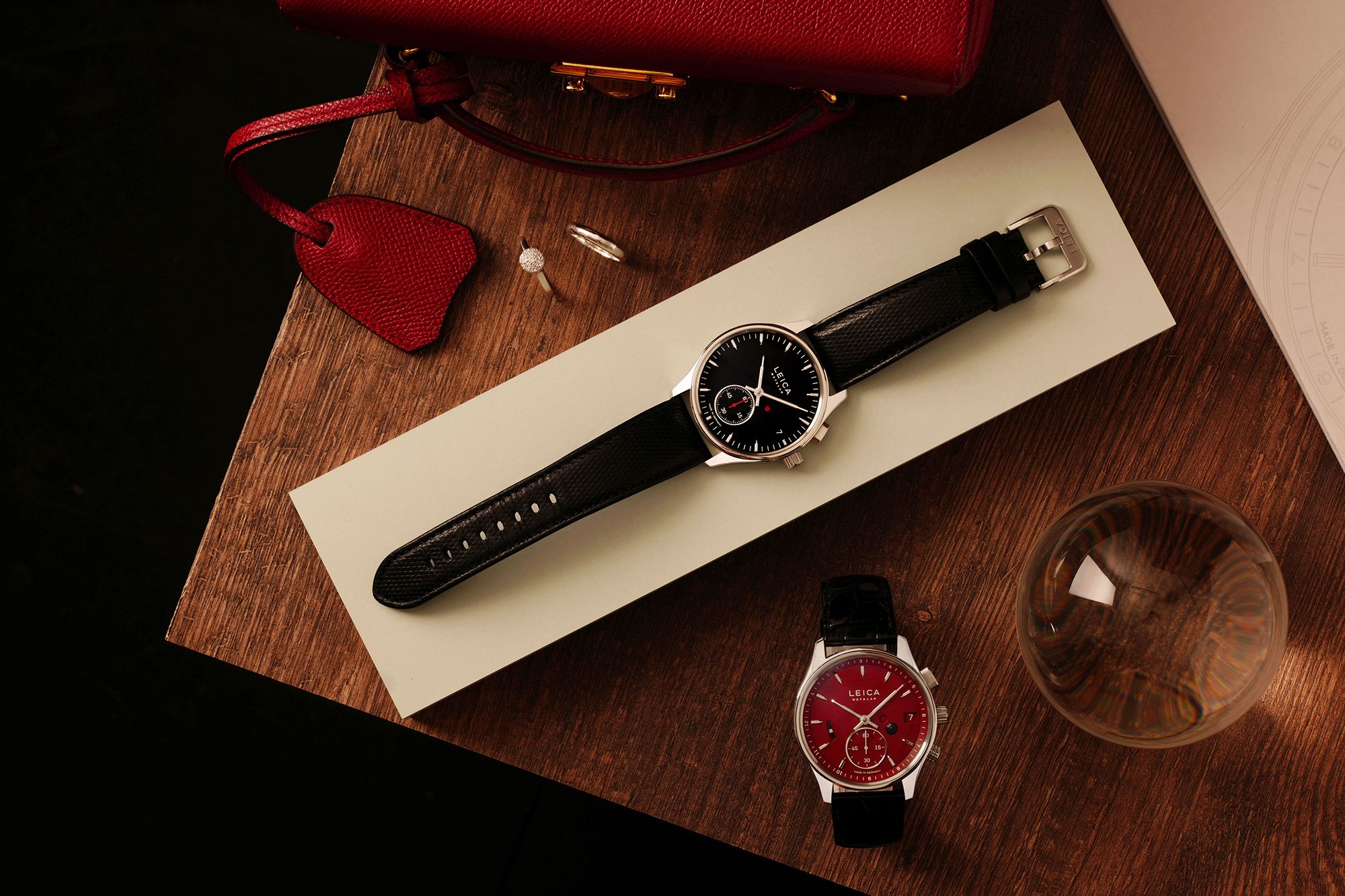Leica Camera chairman Andreas Kaufmann reveals his strategy for keeping the iconic German camera brand relevant
Andreas Kaufmann has a genial warmth that one does not always expect from corporate leaders. Perhaps that’s because he led a very different life before becoming chairman of the supervisory board of Leica Camera.
Born and raised in Germany, Andreas and his two brothers inherited Frantschach, a large pulp and paper company owned by their family. But since there was no expectation for the siblings to enter the management ranks, Andreas was free to pursue other interests. In university, he studied political science, history and literature, and later became a founding member of the anti-establishment Green Party. For 15 years, he also worked as a teacher while pursuing various investments.

